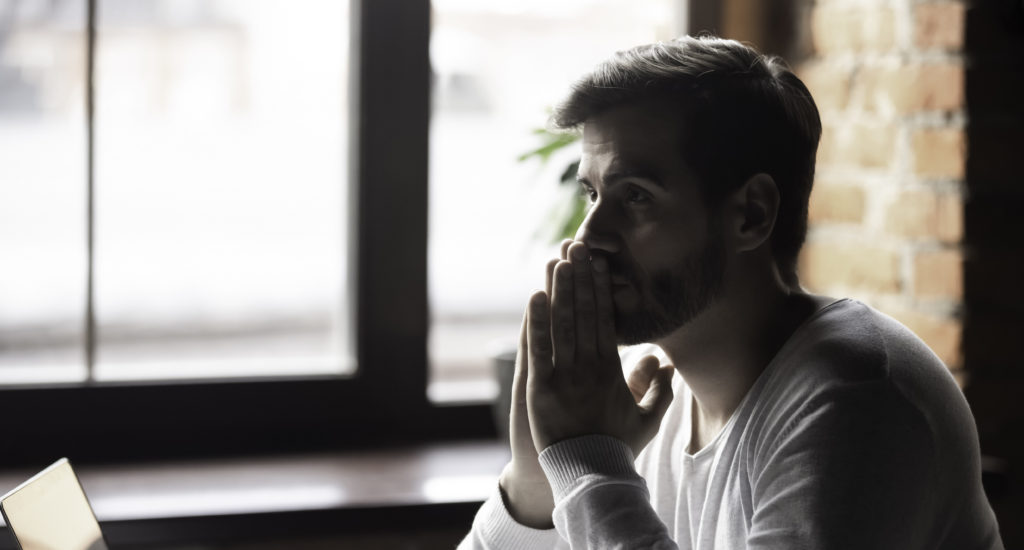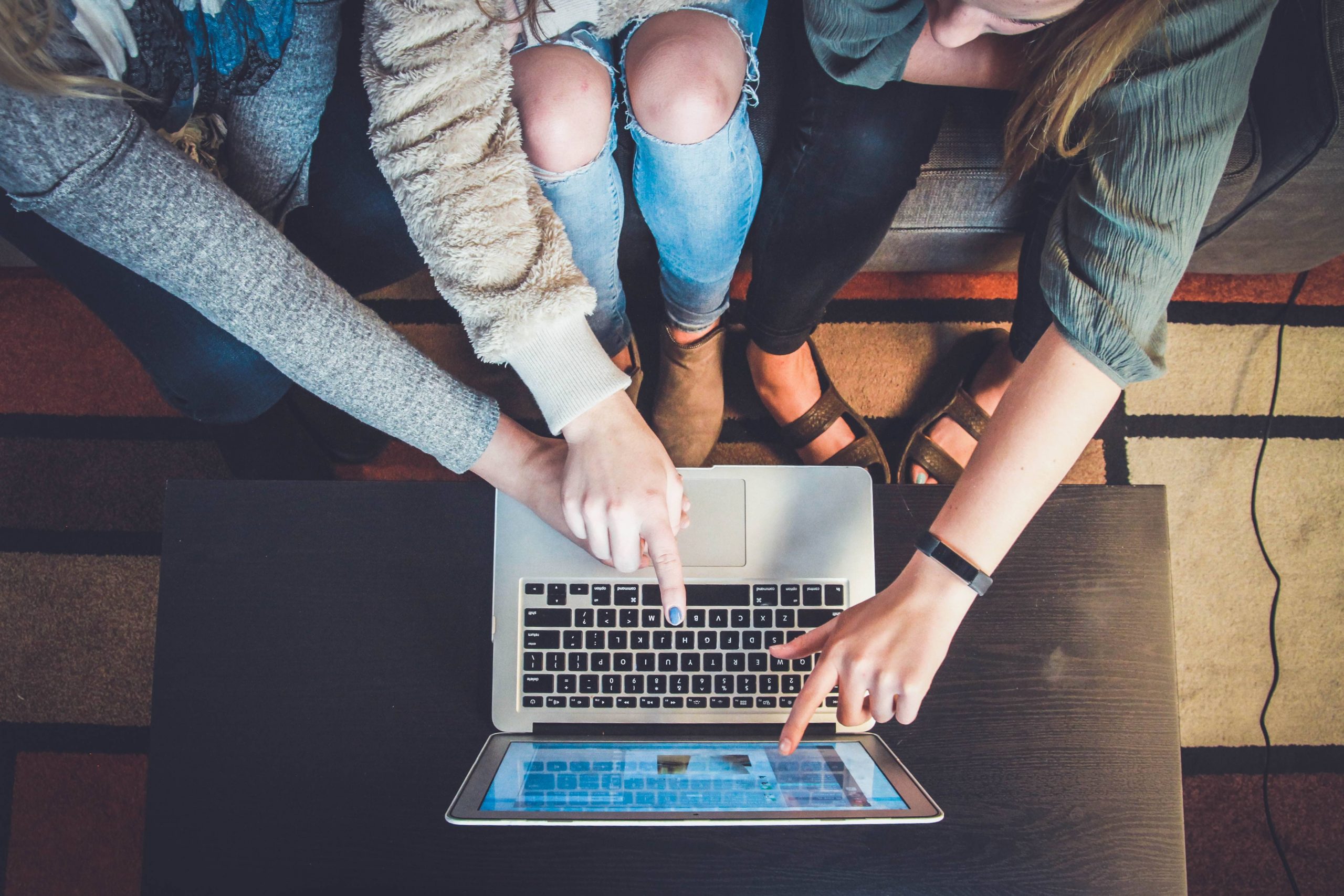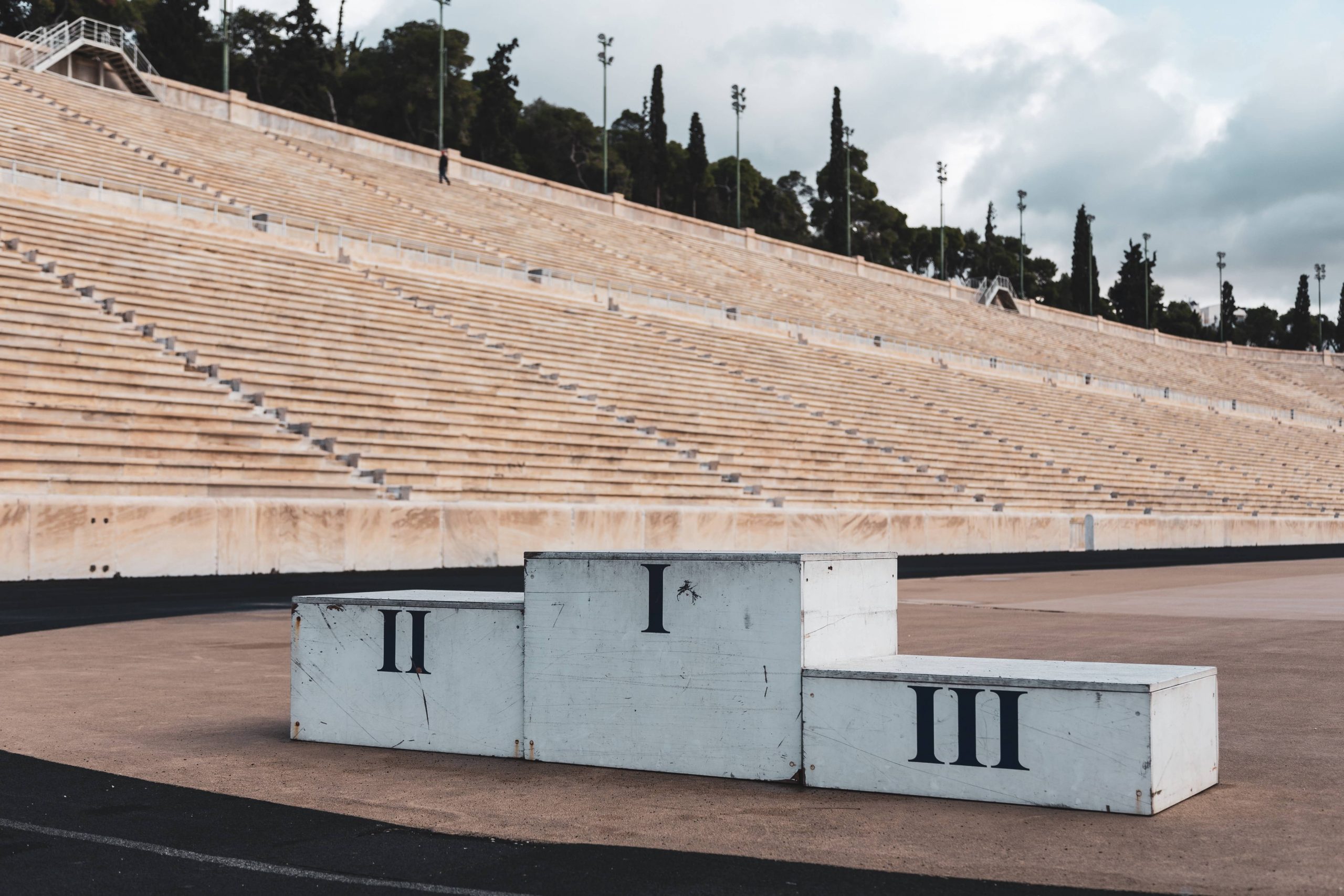How many times have you gotten to the end of the day and thought, “Wow, what a crappy day” or “Man, that conversation really got away from me” or “Geez, I got absolutely nothing done”?
How many chances do you think you had during the course of the day to alter that end result of a crappy, unproductive, runaway type of day?
The answer is: Plenty.
There are fleeting moments available for such a task; they are the pauses that we otherwise fill with (often negative) self-talk or reaching for our phone.
Those in-between moments are an opportunity to cultivate intention for our next obligation or interaction. When deliberate with our attention, we start to notice the split second available before we enter a room, open our mouth, or pick up the phone. That second is powerful.
That second is an opportunity to identify our emotional state and to focus our attention in the appropriate direction. It allows us to do a quick pivot into the state we need to be in to perform, live and love optimally.
This isn’t about controlling every aspect of your day or those around you—that’s a draining and impossible task. It’s about paying attention to our state of mind because it colours our perspective, controls our reactions, and, ultimately, dictates our satisfaction at the end of the day.
You get what you give
How we use these pauses determines how much we’re getting out of each moment and how much we’re giving to each moment.
When we consider what we want to get out of the moment, we consider what we want to accomplish and how to get achieve that goal. This isn’t necessarily an egotistical aim—having individual interests is inextricably tied with being an individual. However, to be more effective, we should know what we’re aiming for and what state we should be in to achieve it.
In considering what we’re giving to the moment, we consider how we can serve others. It’s our respectful engagement, our curious and caring attitude, our willingness to lend a hand, and our diffusion of positive energy. It’s exploring how you can contribute to the person you’re interacting with. Life is a give and take; we can’t expect to receive without giving.
What difference would it make?
Can you imagine the difference that leading with an intention to be engaged and curious would make in our closest relationships? It’s an unfortunate truism that we often treat those closest to us the most poorly. We take their love and encouragement—even their very presence—for granted. What would happen if we stepped through the door after work and greeted our partner with an attitude of gratitude,* rather than getting ready to dump on them about our crappy day at work?
Speaking of work, let’s think about the attitude with which we approach our job. Perhaps we’re feeling a bit unmotivated or unfocused. How would setting an intention to be “open, creative, and positive” change your work flow? The next time you got stuck, instead of descending into frustration, you’d pivot into your intention of openness, creativity and positivity, creating an ideal environment to work through that blockage.

As simple as it sounds, the act of stating the words (especially aloud) enables our brain to better process and remember them. We are priming ourselves in the best possible way. By setting an intention we’re establishing the standard instead of merely hoping for a desired result.
This practice doesn’t guarantee perfect interactions or epically productive sessions, but it’s a huge step up from wandering aimlessly through our daily obligations and interactions.
By setting an intention we're establishing the standard instead of merely hoping for a desired result. Share on X
Transition Game
Since those in-between moments easily pass by unnoticed, a simple cue can be helpful. Doorways or chairs serve as helpful triggers to remind us of the start of a new task (Think walking through the door of your home or office or sitting down to dinner or your desk). 12
We lose time and productivity as we carry thoughts and emotions between settings and tasks. An intentional pause offers a moment to connect with the emotion we are carrying and to reestablish our intention for the next task or responsibility we have.
I’ve recently implemented Brendon Burchard’s word of choice when transitioning from situation to situation: Release.
That’s it. Release.
Mentally, it cues a sensation of unclenching or letting go. With the cue of “release,” I can almost imagine the whooshing sound of the wind, wiping all those thoughts away.**
Before that moment, I often don’t realize I’m carrying tension or am still preoccupied from the previous interaction or task. By taking a moment to breathe and repeat “Release,” I’m cued back to the present.

Make it happen
As an avid over-thinker, I find this practice especially helpful. When transitioning from work time to personal time, I ruminate about the previous task. Sometimes in a positive manner, sometimes in a negative way, but either way my mind is somewhere else. The transition from hammering out a project to chilling out with a loved one is not always smooth.
If I don’t take the time to be conscious of my mental state when my partner walks in the door, I end up being disconnected and abrupt in our conversations. What should be a quick transition usually ends up taking up to half and hour before I’m where I need to be: present and engaged.
If getting the most out of—and giving the most to—every situation is important to you, don’t leave that up to chance. The grass is green where you water it, whether it’s in your relationships or your career. Take the steps each day that enable you to exude the values you hold dear so that each day is infused with a representation of your best self.
*One of the most delightfully clichéd rhymes out there, but so worth it.*
*Or at least setting them aside for a designated time to revisit those thoughts (if they’re worth revisiting).






